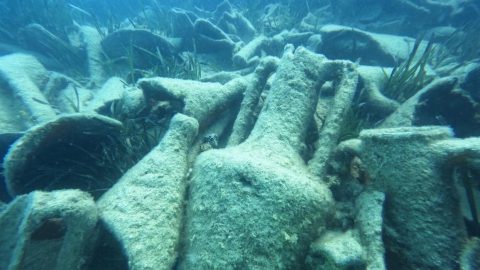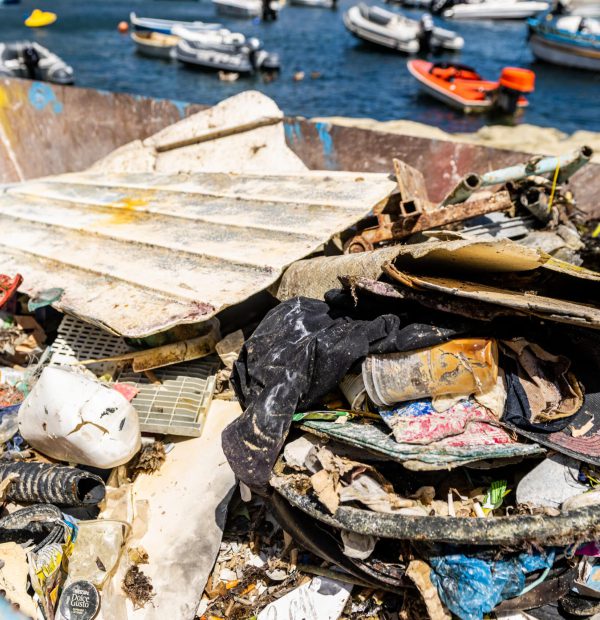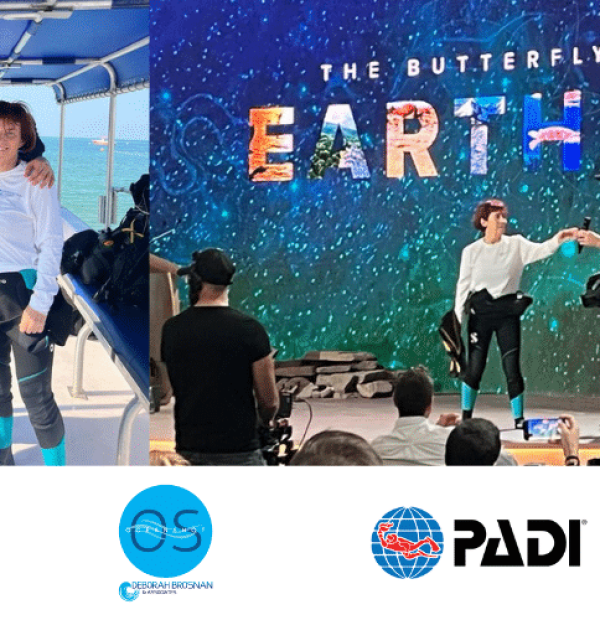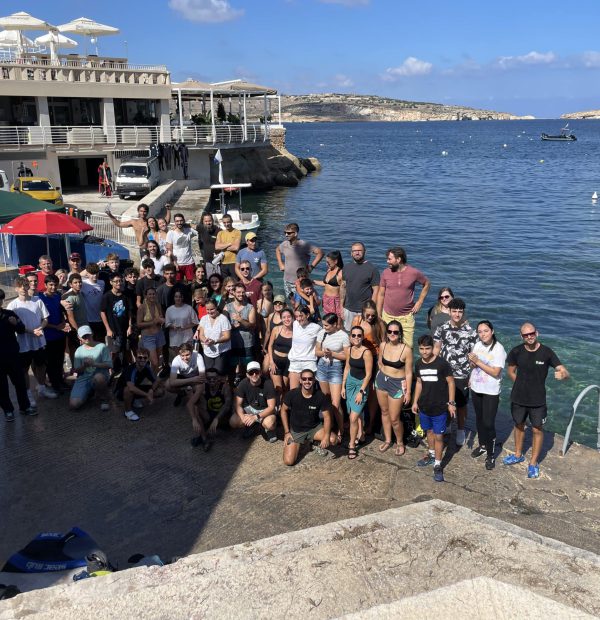Thursday, 16 May 2024
Menu


We decided to take a closer look at the subject of creating artificial reefs. It turns out that as the Earth is long and wide, everything that is big, steel and can be used as “building material” for creating underwater barriers is sunk. We have already written about some of them – USS Kittiwake in the Cayman Islands, or the underwater sculpture museum in Mexico. This article aims to show that there are more such initiatives and they are often projects that have been going on for decades!
Find more great images in our gallery! Artificial Reefs Gallery
The bottom of the Gulf of Mexico in the Alabama region is flat and sandy. Such a “desert”, as we know, is not an attractive territory for too many species of fish and marine creatures. The state authorities decided to change this. In 1953, a project was launched to create a reef in the coastal waters. Its first step was to sink the steel skeletons of 250 cars. The idea turned out to be a great success, and in the following years, the construction was extended by other elements. In the mid-1970s, five ships were sunk in various locations at a depth of about 25m. The ever-growing cooperation of various authorities and institutions resulted in the Reef-Ex programme, under which the US Army uses decommissioned tanks as material to expand the reef. Over the course of 1994, one hundred tanks were returned to the water and rested at depths of 21-33m, creating another habitat for life and an attraction for divers.
The ship, sunk with the intention of creating an artificial reef around it, is also the USS Oriskany. On 17 May 2006 it was laid to rest at the bottom of the sea, 24 miles from the city of Pensacola at a depth of 65m. The sinking itself lasted less than 40 minutes and was widely commented on by the diving community as well as ordinary spectators. Extensive documentation of the event is available online, and the popular science channel Discovery filmed and produced footage of the sinking. The wreck, upon its sinking, became the property of the State of Florida. USS Oriskany was available for divers two days after it was sunk. Stripped of all unnecessary elements, it is a very safe wreck.
The Metropolitan Transportation Authority, the organisation in charge of New York’s underground railways, came up with a rather surprising idea for getting rid of its “scrap”. Since 2001, old, worn-out carriages, instead of being scrapped, are going to the bottom of the Atlantic! The MTA wants to create an artificial reef along the American coastline as a habitat for oceanic life. Thus, already 2,500 underground cars have found their final station on the ocean floor. The reef, created from railcars, can be found in the coastal waters of the states of New Jersey, Maryland, Delaware, Virginia, Georgia and South Carolina. Photographer Stephen Molton took a keen interest in the whole affair and captured the entire process of sinking the wagons, in the form of a photographic exhibition – “Next stop Atlantic!”
The place you could already read about on our portal at the end of November last year, which is probably one of the most impressive artificial reefs, is -. underwater museum in Cancun. A visit to a place containing more than 400 sculptures, created by Jason de Caires Taylor, is certainly an unforgettable experience, but apart from the incredible aesthetic value, it is above all an effective attempt to save the natural reef located nearby.
In Poland, the sinking of ORP – Bryza is an example of similar activities. The wreck, cleared of unnecessary elements, is a great place to practice wreck diving, but has also become a shelter for local fish. We can only hope that this is not an isolated action, but a constant trend and that with time more similar sites will be created.
These are just some of the examples I have chosen of the creation of artificial habitats for marine fauna and flora. However, they show perfectly how easily man can interfere with the natural environment (not necessarily in a negative sense). Personally, I am most pleased that everyone is happy with this turn of events. Properly prepared objects cease to be a problem for their current owners. In areas where reefs are created, the fish population increases. New owners, apart from further development of their underwater projects, can count on tourists, who willingly visit such unique places. The wrecks themselves, in turn, gain new life, becoming home to many species of fish and crustaceans, as well as an object to admire for visiting divers – always a better fate than turning into a tin can or a fork.
Find more great images in our gallery! Artificial Reefs Gallery
Source: thefreelibrary.com, www.outdooralabama.com
Photo: U.S. Army Environmental Corpse/flickr









Welcome to DIVERS24.COM, your daily source of scuba news, freediving, scuba diving information, and equipment reviews. Our comprehensive coverage of the dive industry from A to Z provides you with all the latest scuba news, training updates, underwater photography tips, and everything else related to scuba diving. Whether you’re a beginner or an experienced diver looking for more knowledge about scuba gear or techniques – we’ve got it covered! With our in-depth articles written by experienced divers who have been there and done that, you are sure to find exactly what you need here at Divers24.com. Dive into scuba news today!
Underwater Media Sp. z o.o.
Szafarnia 11/F8,
80-755 Gdansk, Poland
Welcome to DIVERS24.COM, your daily source of scuba news, freediving, and scuba diving information. Sign in for a weekly news update and discount coupons for dive gear and apparel.
@2023 - underwatermedia.pl. All Right Reserved. Designed and Developed by Tworzenie stron internetowych Gdansk

The Divers24 portal is currently the largest online medium treating diving in Poland. Since 2010 we have been providing interesting and important information from Poland and around the world on all forms of diving and related activities.
Contact us: info@divers24.com